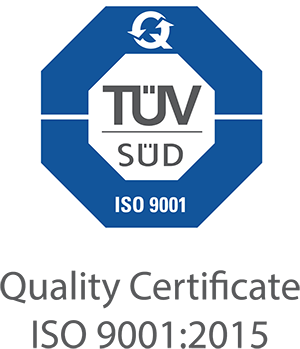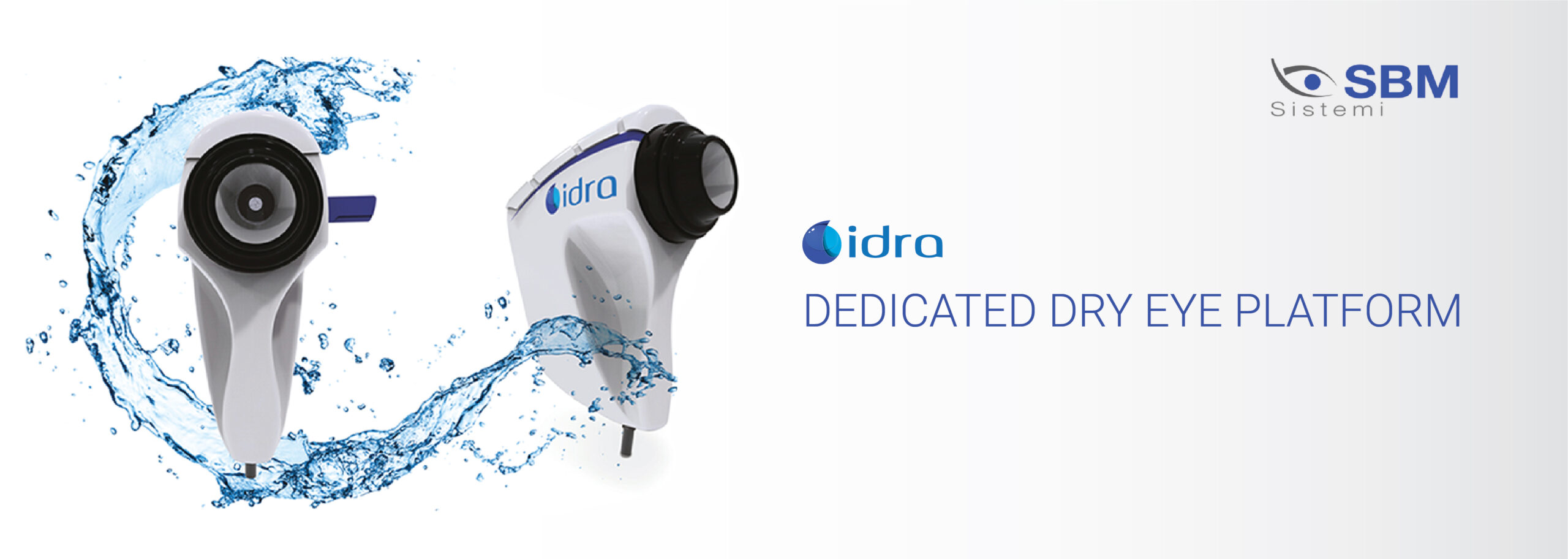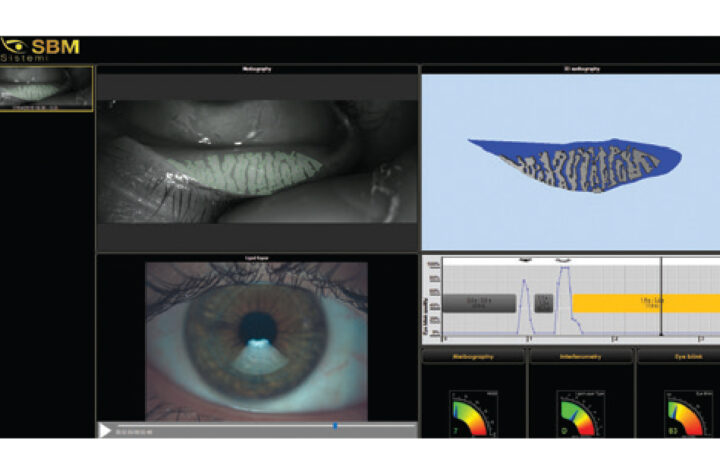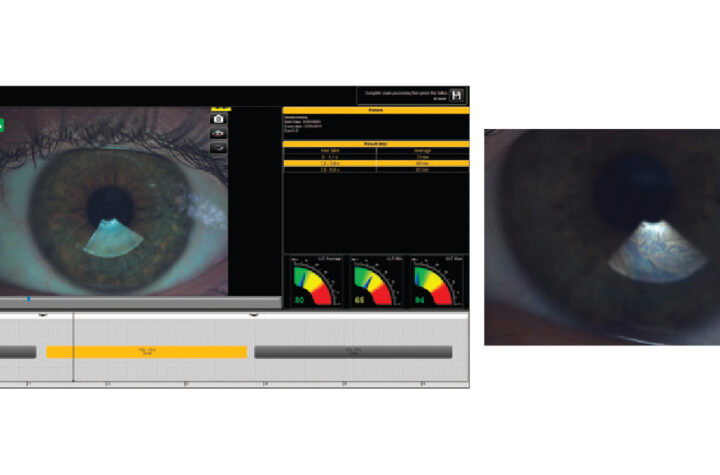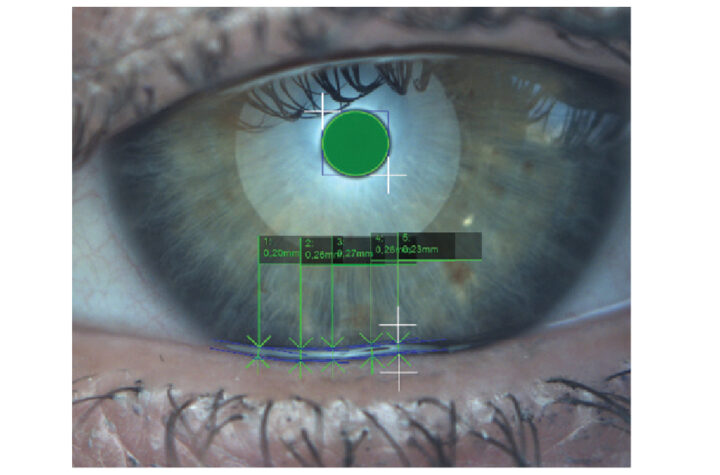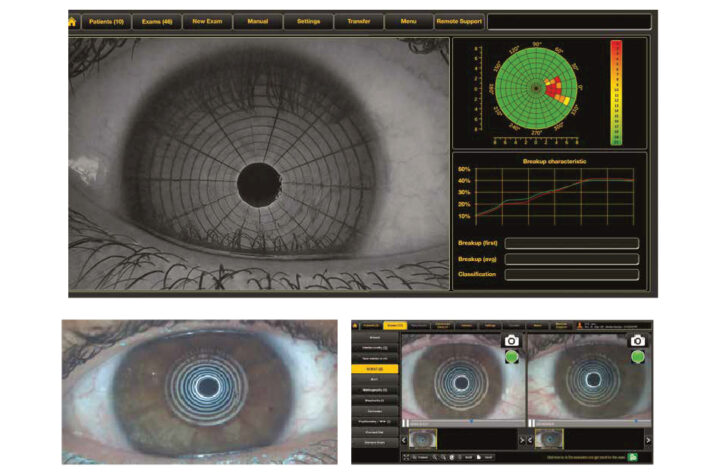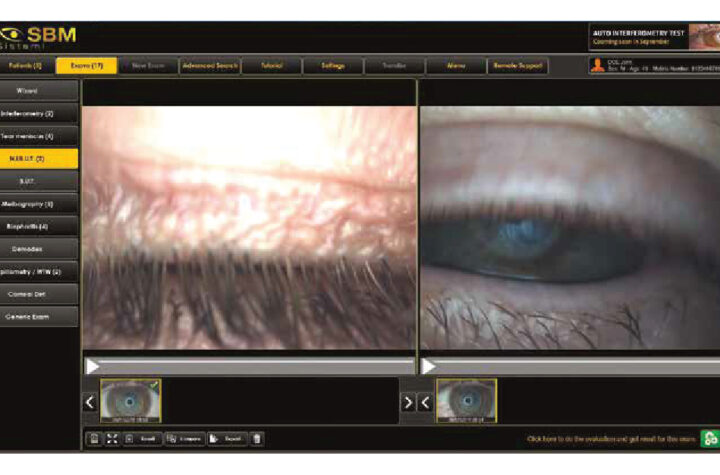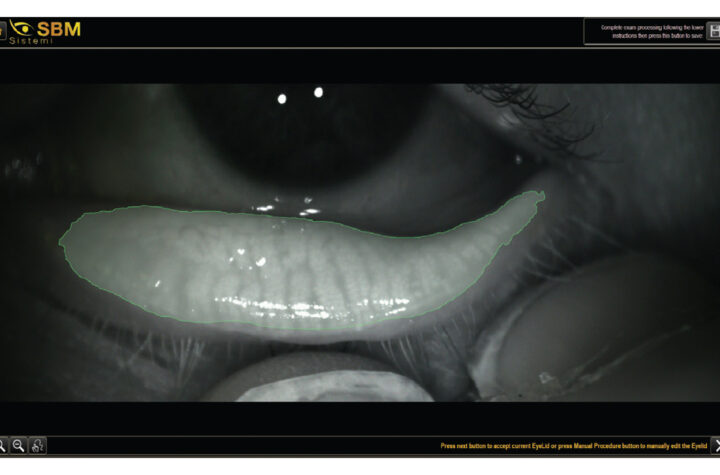The Sbm Device is the new instrument for the individual analysis of tear film that allows to carry out quick detailed structural research of the tear composition.
Research on all the layers (Lipid, Aqueous, Mucin) and Meibomian Glands.
Thanks to the Sbm Device it is possible to identify the type of Dry Eye Disease (DED) and determine which components can be treated with a specific treatment, in relation to the type of deficiency.

